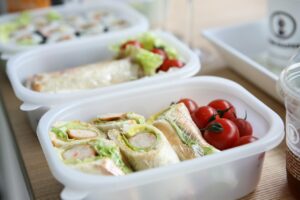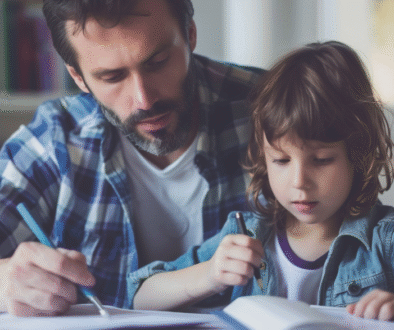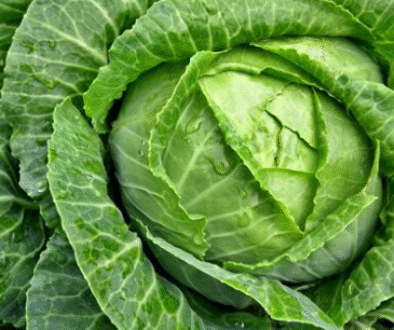Eco-Friendly Sustainable School Lunch
By Aparna Mele

It’s back to school time (well, sort of) and whether your children are headed back to the school campus, signing up for a virtual school year, or doing some blend of both, packing school lunches remains high on a parent’s TO DO list this season. While convenient to just toss a mess of pre-packaged foods together in the lunch box, the tradeoff is that they end up in a pile of trash and come with a large helping of carbon emissions. Why not choose healthy options for both your kid and the planet?
Why is it that food that can be consumed in literally under a minute are individually packed in wrappers and containers that take hundreds of years to decompose??? Avoid these super convenient, packaged processed foods which are not only unhealthy and loaded with empty calories but also add heavily to landfills and ocean and air pollution. Buy healthier snacks and fresh food in bulk, and ditch the idea of “kid food”. The idea that children should eat differently than their parents has meant that kids eat more processed food and less healthy fresh foods. It seems that “kid food” is mainly a marketing ploy that emphasizes convenience at the expense of healthy. A 2013 study from the University of Edinburgh led by Dr. Valeria Skafida, called the “family meal panacea” found that children who eat the same meals as their parents have healthier diets than those who eat special meals designed to cater to their kid palates. Interestingly, the prevalence of family meals shared around the table in the presence of parents was not as much of an indicator of health as was the elimination of kid-centric foods and snacks.
Do everything you can to avoid products with single packaging and/or heavy packaging. From juice boxes to plastic soda bottles to whatever those juice pouches are made from, disposable beverage containers are terrible for the planet and end up in a landfill. Even if recycling is possible, it’s a much better eco-friendly option to opt for a refillable bottle or thermos and buy a larger container of your favorite beverage, instead of the small, individual containers.
The same goes for prepackaged kids’ lunches in plastic trays; putting lunch foods into reusable containers that can go into lunchboxes reduces waste considerably. Avoid single use plastic such as plastic cutlery and plastic sandwich bags and use metal utensils, waxed cloth sandwich bags, and reusable, washable containers instead. In fact, try to avoid plastics in general, which are made with petroleum, and instead choose items in glass or other recyclable containers. Broth in cans is better than the vacuum-packed metal lined quart boxes, which can’t be recycled. Avoid completely any plastic that cannot be recycled through your local system. If you have a choice between paper and plastic bags, choose paper, which is more easily recycled than plastic, though it consumes almost as many resources to manufacture.
Meat, yogurt, cheese and other dairy products tend to have a higher environmental footprint than plant-based foods. Consider packing at least one vegan lunch per week, like peanut butter and jelly, hummus wraps, bean spreads, salad in a jar, and thermos of soup. Processed lunch meat can be high in sodium and harmful nitrates and may come from animals treated with antibiotics. Try to shop for organic and antibiotic-free meat and dairy products instead.
Buy food that is grown locally to cut down on the shipping distance and therefore reduce your carbon footprint. Buying local also supports your own community and its economic health. In this way, always try to buy seasonally as well, which means it is local and did not come from far away. Seasonal foods are also cost effective! Changing what you pack for lunch with the season can expand your children’s palate and combats the monotony of eating the same lunch all year long.
Finally, have your kids bring home their lunch waste to ensure it gets responsibly disposed of. If you have a compost pile at home, encourage kids to participate by bringing their apple cores and cherry pits home. Unless their school has a compost program, it’s likely these items will end up in garbage where they’ll contribute to landfills and their associated methane production. Instead, why not teach kids about avoiding food waste while giving back to the soil?
Fill your kids up with healthy goodness and help our planet too. Without sacrificing too much convenience, an eco-friendly lunch is healthier, environmentally conscious, and just plain feel good!



